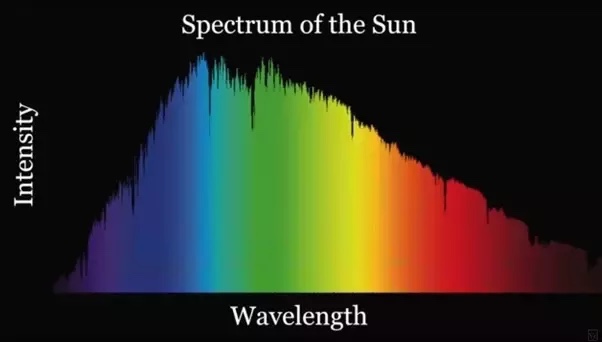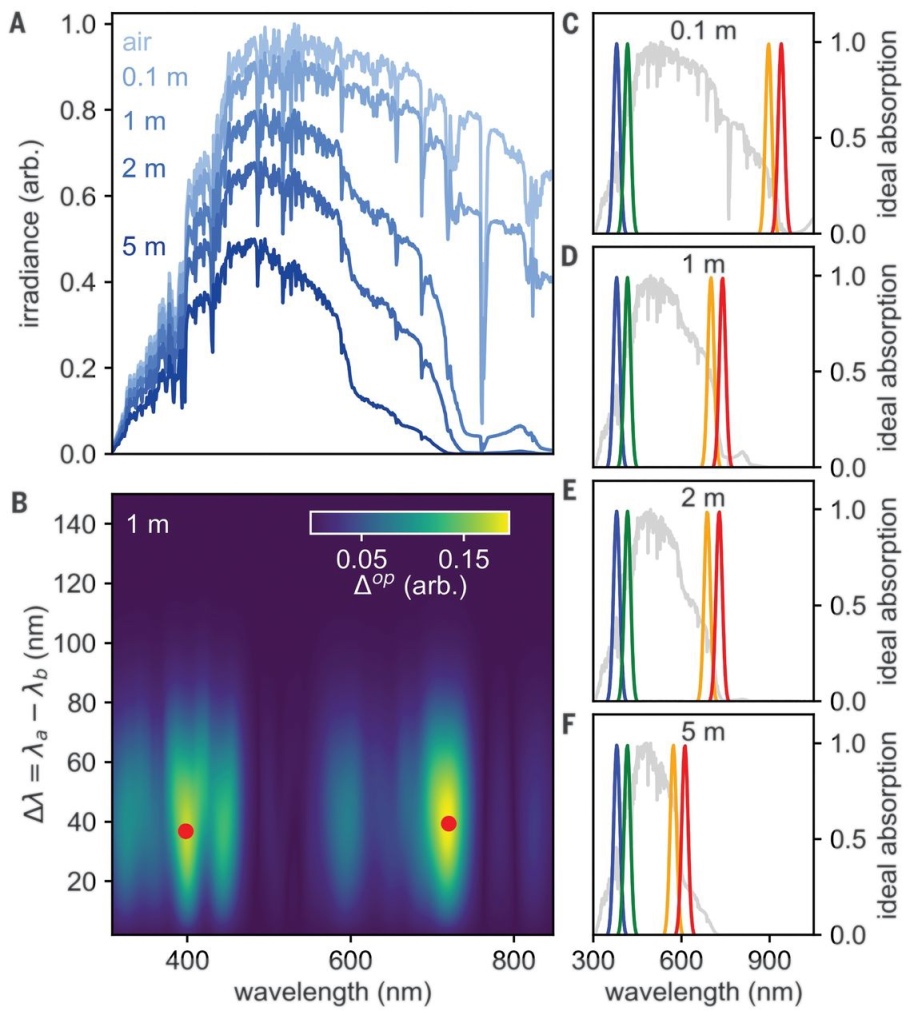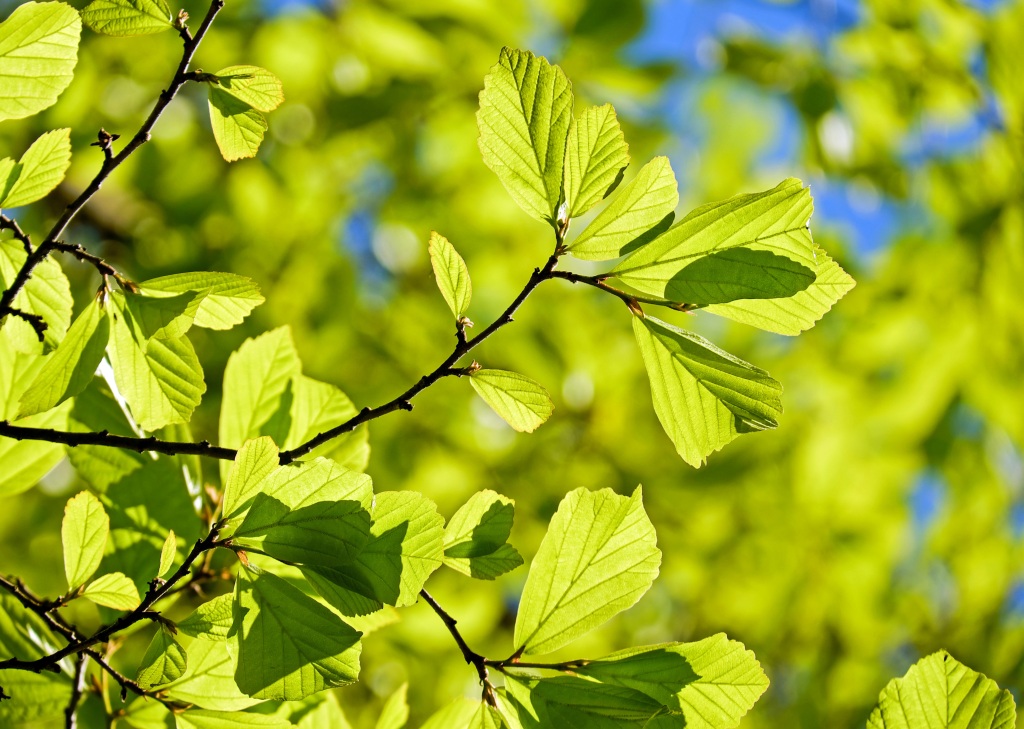“Better a little with tranquility, than an abundance with chasing after the wind”
Thus wrote the ancient scriptural author, whose wisdom encapsulates the answer to the question in the title.
An organism or an organisation needs resources. But securing the resource is just the start – it must then be processed and “harvested”. And if the resource is energy, then too much of it in too short a time, or too much fluctuation of energy input, can reduce efficiency at best and at worst, cause damage. How best to harvest the resource without risking the damage? How to avoid the deadly error of Icarus who flew too close to the sun, overdosing on solar energy?
OK a circuitous route to answering our question but let’s get to it. The photosynthesis of plants and bacteria is one of the most amazing biochemical achievements of the living world, and is the source of most of life’s substance. Early in the evolution of life, organisms learned to harvest light and use it’s power – freely shining down from above – to split water and gain chemical reducing power to build complex organic molecules, cells and multi-celled life forms.

The spectrum of light from the sun – shown above with intensity on the vertical axis, shows that if light were a three course meal, green would be the main course. Green fills the central most intense part of the spectrum. By contrast red and blue at the sides of the visible light spectrum are more like the starter and the dessert: satisfying but less substantial than green.
Most photosynthesising leaves are green. What does this mean in terms of how leaves harvest light? Well it means that they say “no thanks” to the main course abundant green photons in the middle of the spectrum, reflecting them selectively and thus resulting in visible green colour. Instead they absorb and harvest the peripheral colours of red and blue-violet at the fainter extremes of the visible spectrum. It is these edge-of-spectrum coloured photons that are harvested for life-building energy by plant photosynthesis.
Superficially this might seem surprising. Why not absorb the most abundant green photons? Why not have blue or purple leaves? Or red? The answer to this question is a very interesting and counter-intuitive one, but once we see the reason, we will find it to contain a deep lesson of wisdom and the inspiring intelligence of nature. That trying to grab too much can be counter-productive.
The answer to our question “why are leaves green” is presented in the 2020 Science journal entitled “Quieting a noisy antenna …” by Trevor Arp and colleagues – here’s the paper:
https://science.sciencemag.org/content/368/6498/1490.full
Essentially, it’s about stability. Smoothness and stability of the supply of photosynthesis energy from the power source – light – that can be highly variable and unstable. The authors describe the complex biochemical network of light harvesting cell machinery as an “antenna”. This turns quantum photon energy of light into chemically available energy in a series of steps. The antenna is very efficient, but also sensitive. If the incoming light flux were to suddenly become too intense, the network could be damaged by photo-oxidation. So how to safely and efficiently harvest a highly variable intake of light is a difficult challenge.
It turns out that rejecting green photons of the spectrum center and absorbing less abundant red and blue-purple photons provides a solution to this challenge. Why it does so does not have an easy or short explanation. But it has been nicely illucidated by the study by Arp and colleagues.
Think of a leaf in a forest. Let’s say a small or medium shrub or tree with some leafy canopy above it from taller trees. The wind blows, the branches sway, and the mottled light penetrating the canopy to our leaf can vary widely in intensity. For a lot of the time only faint diffuse light reaches the leaf. But now and again for brief moments, the leaf gets a ray of pure sunlight directly, lighting it up suddenly with the full direct light of the sun. The “goal” of the leaf is to provide for the tree a more or less steady supply of chemical energy from sunlight. It turns out that one strategy that succeeds in efficiently harvesting light while also stabilising both the input and output of light energy, is the spectral selection strategy of being green – rejecting the peak green photons and gobbling up instead the edge-of-spectrum red and blue-violet.

To show this the authors used computer simulation. They simulated the whole scenario – highly variable full-spectrum light input into an antenna comprising the light harvesting network, and looked for strategies to get stable, efficient output while at the same time avoiding harmful photo-oxidation from over-intense light. Remarkably, their simulations produced absorption spectra that were strikingly similar to the actual absorption spectra of leaves. Or bacteria – which also photosynthesise, being the first organisms to do so 3 odd billion years ago. (And yes – eukaryotic photosynthesis may also still be bacterial in a sense since the intercellular chloroplasts are descended from microbial endosymbionts.) Trevor Arp and colleagues looked at plant and bacterial photosynthesis in a range of scenarios on land and in the sea. The optimised absorption spectra that their simulations produced for harvesting light safely and efficiently, matched closely what they found. This held true for the class of photosynthetic bacteria that are purple as well.
Here’s the abstract of the paper:
Photosynthesis achieves near unity light-harvesting quantum efficiency yet it remains unknown whether there exists a fundamental organizing principle giving rise to robust light harvesting in the presence of dynamic light conditions and noisy physiological environments. Here, we present a noise-canceling network model that relates noisy physiological conditions, power conversion efficiency, and the resulting absorption spectra of photosynthetic organisms. Using light conditions in full solar exposure, light filtered by oxygenic phototrophs, and light filtered under seawater, we derived optimal absorption characteristics for efficient solar power conversion. We show how light-harvesting antennae can be tuned to maximize power conversion efficiency by minimizing excitation noise, thus providing a unified theoretical basis for the observed wavelength dependence of absorption in green plants, purple bacteria, and green sulfur bacteria.



Leave a reply to Phil Salmon Cancel reply